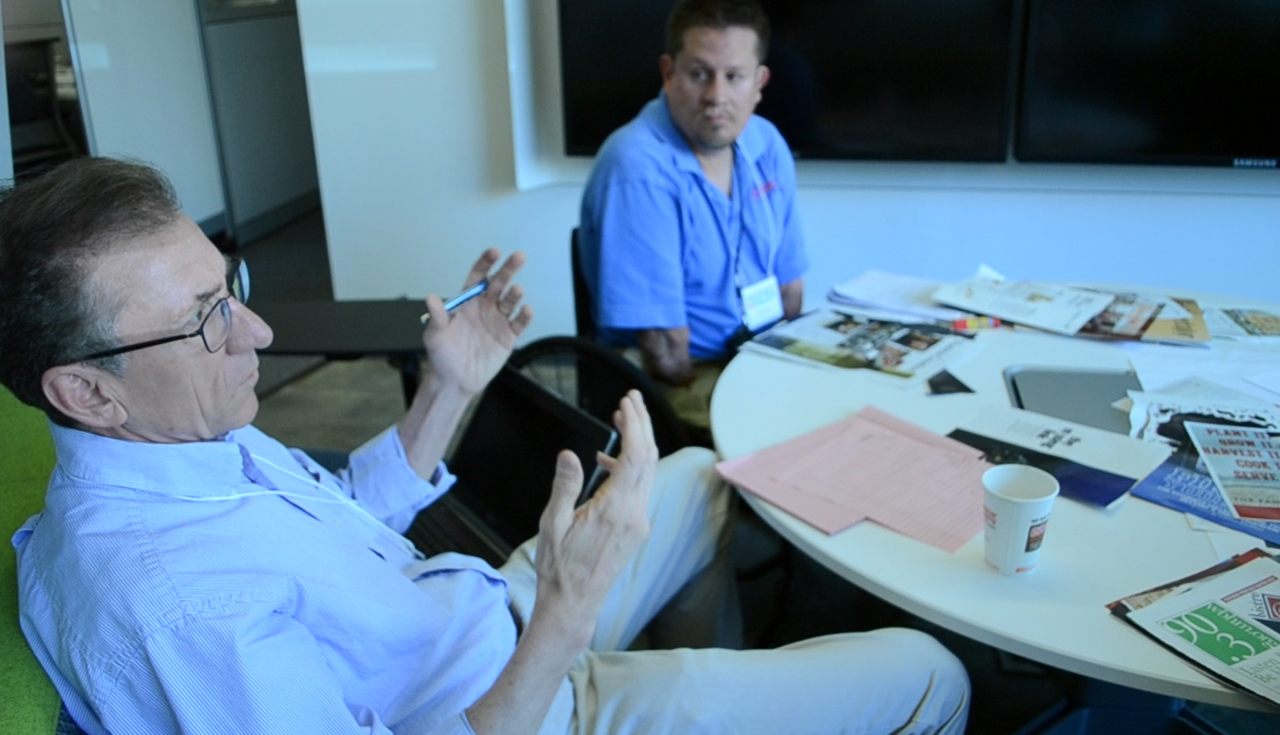These resources are for messages that are delivered in a live, real-time format. These include such communication types as telephone calls, speeches, and presentations. There are many different ways messages may be communicated in-person, and also many strategies and resources that can be employed to ensure these messages are received and understood by all individuals.

Effective communication
The following are general guidelines for communicating with individuals with disabilities to ensure that your message is both received and understood. Additional, more extensive resource information on this and similar topics can be found in the also refer back to the Inclusive Health Communication Guidelines and Person-First Language and Effective Communication sections as needed.
- Communicate as you normally would in terms of both eye contact and tone of voice.
- Respect any assistive device or devices an individual uses. Do not touch or otherwise physically engage individuals or their devices unless invited to do so.
- If at any point in the interaction you are unsure of how to act or whether the individual would prefer you do something differently, simply ask.
Telephone
Telephone calls are an excellent form of audio-based health communications. They allow organizations to contact individuals and households via live operators or robocalls (automated, pre-recorded calls) to disseminate messages. The following accessibility guidelines will help ensure all potential message recipients have the best chance to receive the message. Additional resources for general audio-based communication are also available.
| Accessibility Guidelines |
|
